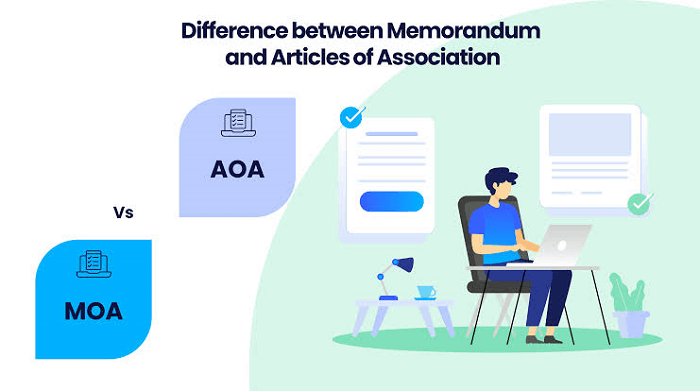Power to refer parties to arbitration where there is an arbitration agreement [(1) A judicial authority, before which an action is brought in a matter which is the subject of an arbitration agreement shall, if a party to the arbitration agreement or any person claiming through or under him, so applies not later than the date of submitting his first statement on the substance of the dispute, then, notwithstanding any judgment, decree or order of the Supreme Court or any Court, refer the parties to arbitration unless it finds that prima facie no valid arbitration agreement exists.] (2) The application referred to in sub-section (1) shall not be entertained unless it is accompanied by the original arbitration agreement or a duly certified copy thereof: [Provided that where the original arbitration agreement or a certified copy thereof is not available with the party applying for reference to arbitration under sub-section (1), and the said agreement or certified copy is retained by the other party to that agreement, then, the party so applying shall file such application along with a copy of the arbitration agreement and a petition praying the Court to call upon the other party to produce the original arbitration agreement or its duly certified copy before that Court.] (3) Notwithstanding that an application has been made under sub-section (1) and that the issue is pending before the judicial authority, and arbitration may be commenced or continued and an arbitral award made. UNION TERRITORY AMENDMENT JAMMU AND KASHMIR/LADAKH ♦ Sections 8A and 8B – After section 8, insert the following sections, namely:— “8A. Power of the court, seized of petitions under sections 9 or 11 of the Act, to refer the dispute to Mediation or Conciliation.— (1) If during the pendency of petitions under sections 9 or 11 of the Act, it appears to the court, that there exists elements of a settlement which may be acceptable to the parties, the court may, with the consent of parties, refer the parties, for resolution of their disputes, to,— (a) mediation; or (b) conciliation. (2) The procedure for reference of a dispute to mediation is as under— (a) where a dispute has been referred for resolution by recourse to mediation, the procedure framed under that Act shall apply; (b) in case of a successful resolution of the dispute, the Mediator shall immediately forward the mediated settlement to the referral court; (c) on receipt of the mediated settlement, the referral court shall independently apply its judicial mind and record a satisfaction that the mediated settlement is genuine, lawful, voluntary, entered into without coercion, undue influence, fraud or misrepresentation and that there is no other legal impediment in accepting the same; (d) the court shall record a statement on oath of the parties, or their authorised representatives, affirming the mediated settlement as well as a clear undertaking of the parties to abide by the terms of the settlement; (e) if satisfied, the court shall pass an order in terms of the settlement; (f) if the main petition, in which the reference was made is pending, it shall be disposed of by the referral court in terms thereof; (g) if the main petition, in which the reference was made stands disposed of, the mediated settlement and the matter shall be listed before the referral court, which shall pass orders in accordance with clauses (iii), (iv) and (v); (h) such a mediated settlement, shall have the same status and effect as an arbitral award and may be enforced in the manner specified under section 36 of the Act. (3) With respect to reference of a dispute to conciliation, the provisions of Part II of this Act shall apply as if the conciliation proceedings were initiated by the parties under the relevant provision of this Act. 8B. Power of the court, seized of matters under section 34 or 37 of the Act, to refer the dispute to Mediation or Conciliation.— (1) If during the pendency of a petition under section 34 or an appeal under section 37 of the Act, it appears to the court, that there exists elements of a settlement which may be acceptable to the parties, the court may, with the consent of parties, refer the parties, for resolution of their disputes, to:— (a) mediation; or (b) conciliation. (2) The procedure for reference of a dispute to mediation is as under:— (a) where a dispute has been referred for resolution by recourse to mediation, the procedure framed under the Act shall apply; (b) in case of a successful resolution of the dispute, the Mediator shall immediately forward the mediated settlement to the referral court; (c) on receipt of the mediated settlement, the referral court shall independently apply its judicial mind and record a satisfaction that the mediated settlement is genuine, lawful, voluntary, entered into without coercion, undue influence, fraud or misrepresentation and that there is no other legal impediment in accepting the same; (d) the court shall record a statement on oath of the parties, or their authorized representatives, affirming the mediated settlement, a clear undertaking of the parties to abide by the terms of the settlement as well as statement to the above effect; (e) if satisfied, the court shall pass an order in terms of the settlement; (f) if the main petition, in which the reference was made is pending, it shall be disposed of by the referral court in terms thereof; (g) if the main petition, in which the reference was made stands disposed of, the mediated settlement and the matter shall be listed before the referral court, which shall pass orders in accordance with clauses (iii), (iv) and (v); (h) such a mediated settlement, shall have the status of a modified arbitral award and may be enforced in the manner specified under section 36 of the Act. (3) With respect to reference of a
